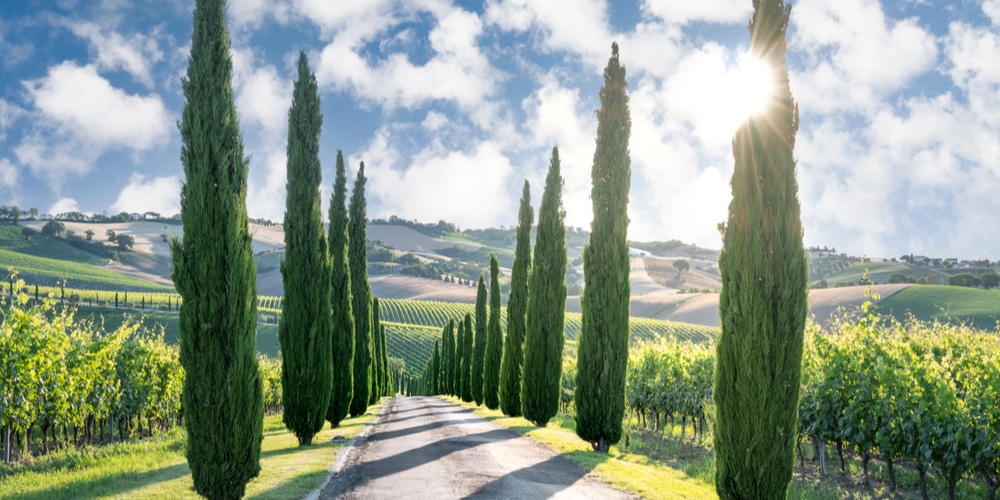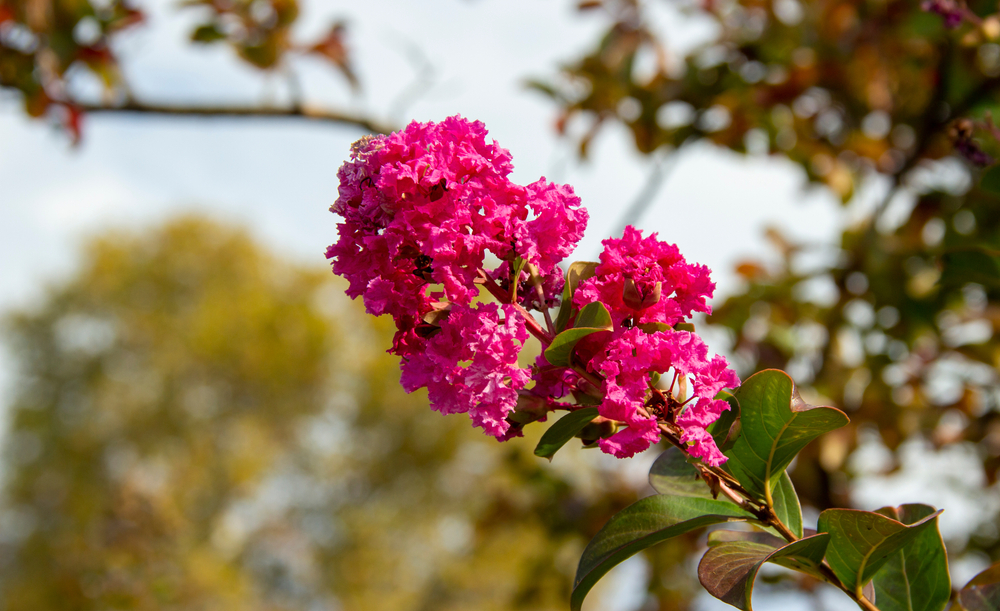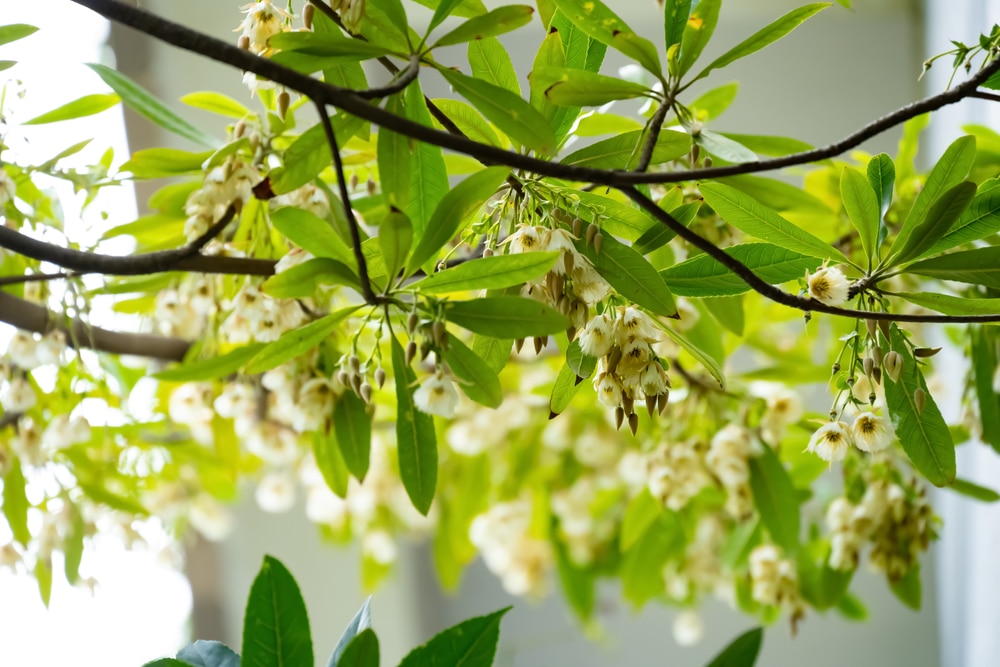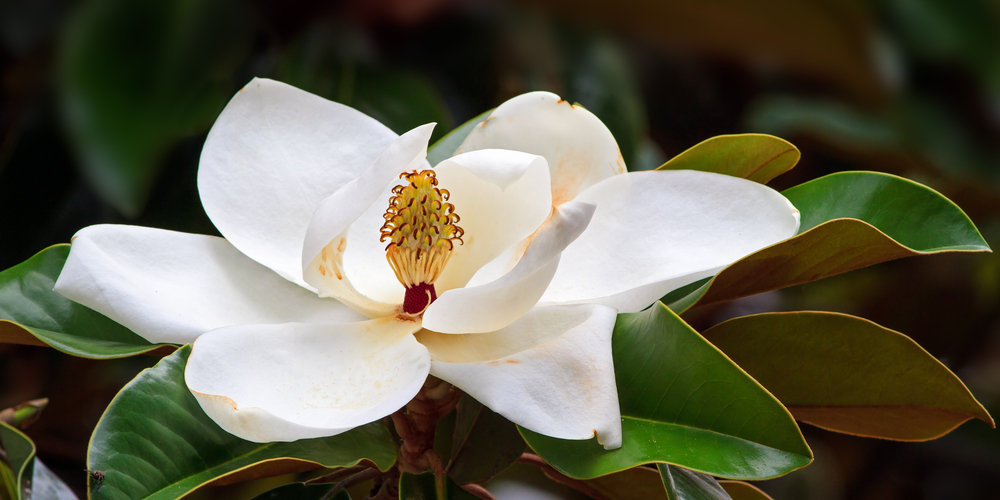Texas is a wonderful place to live, with a wide variety of landscapes to enjoy. However, those living in suburban areas often feel like their entire property is on display, and it can be frustrating to feel like the whole town is watching you. You may be thinking of planting some privacy trees in your Texas yard.
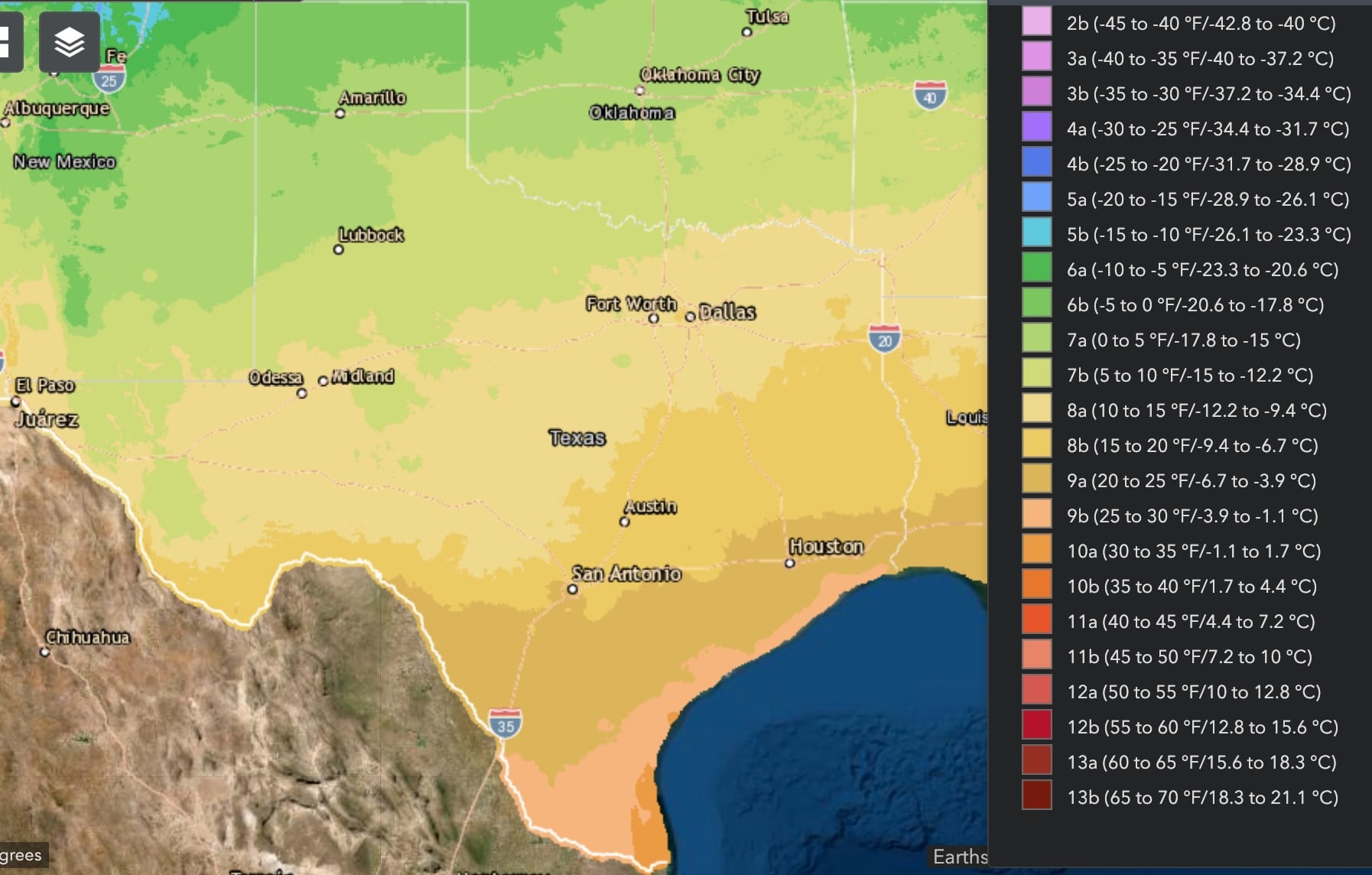
While some people put up fences, others prefer the more natural privacy barrier of trees or shrubs. The benefit of using trees as a privacy barrier is that they can provide shade to lawns, sound barriers, and curb appeal. There are numerous options for trees to use as a privacy barrier, but here is a list of the top five that are your best options while living in Texas.
Carolina Cherry
Prunus caroliniana, commonly called the Cherry Laurel or Carolina Cherry, is a flowering evergreen tree native to Southeast US. It can grow anywhere from 12-40ft tall and has dark green, leathery leaves. The Carolina Cherry is named for the cherry-like scent the trees give off when twigs are broken.
The Carolina Cherry does best in full sun and is highly drought tolerant, making it perfect for Texas’s year-round warm weather. It is capable of growing in zones 7-10. When in bloom, the white flowers draw in bees, butterflies, and birds.
They can be planted two to three feet apart to create a beautifully blooming privacy barrier. Families with pets and children should be cautious when using this tree, as the leaves can be toxic to humans and animals.
Italian Cypress
The Italian Cypress, also known as Cupressus sempervirens, is native to Meddaterannean regions but has been cultivated far outside its natural habitat for centuries. Largely planted for ornamental purposes, the Italian Cypress is now commonly seen in backyards, parks, and graveyards. They do best in warm, dry climates, zones 7-10.
While they are somewhat thin in their younger years, the Italian Cypress trees provide dense foliage over time and should be planted 5-6 feet apart if you want to be able to see through your hedge. They can grow 115ft tall, though this can take hundreds of years. Generally, Italian Cypress will get about 50ft tall and have a wide base and narrow tip.
Crape Myrtle Tree
Native to Southeast Asia, Lagerstroemia, commonly known as the Crape Myrtle, is a medium-sized flowering tree that is known for its long-lasting blooms. They come in various colors, making them a gorgeous addition to any landscape. These trees do best in warm climates, zones 7-9, and prefer full sun. They are drought tolerant and easy to maintain once established.
A mature Crape Myrtle will reach between 20-30ft tall, with most of its foliage in the upper half of the tree. This makes them perfect to plant for additional vertical privacy over fences or for decorating driveways and sidewalks. They bloom from mid-summer through autumn—up to 5 months of popping color decorating your home.
Japanese Blueberry
As the name suggests, the Japanese Blueberry, or Elaeocarpus decipiens, is native to East Asia. It is a highly adaptable, drought tolerant tree that can survive in almost any climate but does best in zones 8-10. They prefer full sun and well-drained soil but are otherwise very easy to maintain and require minimal pruning.
Reaching heights up to 60ft when fully mature, this lush evergreen is idyllic for use as a privacy barrier. Its thick green foliage provides privacy, shade, and protection from wind and elements. In springtime, the Japanese Blueberry’s bell-shaped flowers produce a fragrant scent that draws in bees and butterflies, a great addition to any garden.
Southern Magnolia
Magnolia grandiflora, or Southern Magnolia, is a medium-sized evergreen tree native to the Southeastern US. They are known for their magnificent, white flowers that give off a powerful lemon-scented aroma. These blooms can reach up to 12 inches across and have 6 to 12 waxy petals that make up their flower. Magnolia’s thick, shiny green leaves are an eye-catcher year round, making it the perfect addition to any yard, garden, or sidewalk.
While the Southern Magnolia prefers full sun, it is also tolerant of partial shade, though it will likely produce fewer flowers. It does best in moist, well-drained soil. Despite being called a Southern Magnolia, this tree can grow in zones 6-10, covering more than half the US. These trees can reach up to 120ft in height, but on average, they don’t get taller than 40-60ft.
Conclusion
If you’re considering planting some trees for the sake of privacy, all of the trees listed above are fully capable of thriving in the hot, dry heat of Texas.
Many of them offer additional benefits such as wind protection, luring in pollinators, and filling your property with a beautiful fragrance. Whichever option you choose, using trees as a privacy barrier is a great way to care for the environment and add curb appeal to your property. You may also like to consider planting tall ornamental grasses for privacy.

